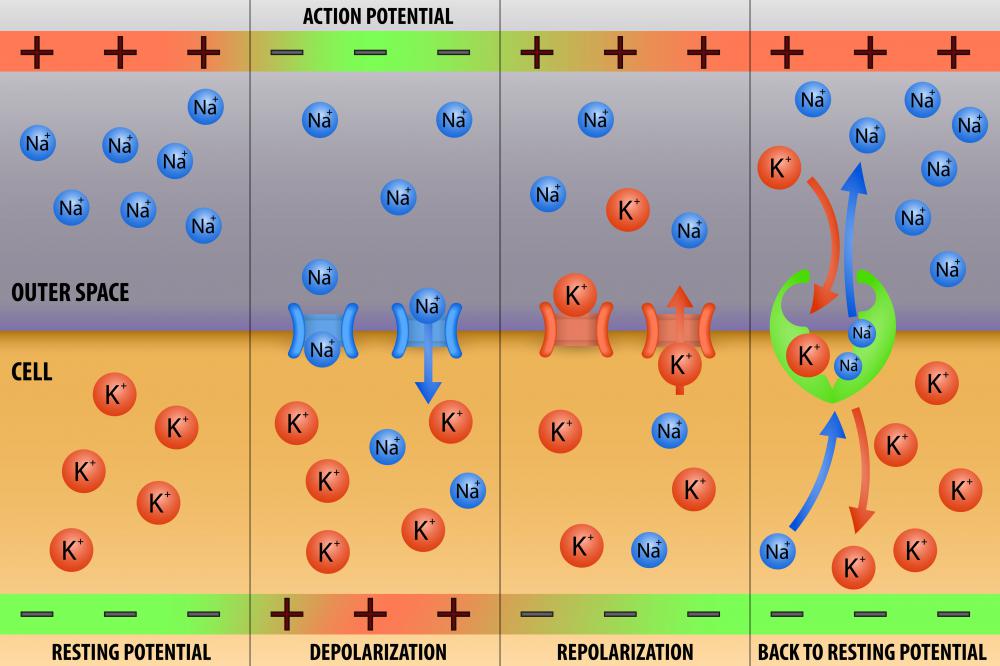At WiseGEEK, we're committed to delivering accurate, trustworthy information. Our expert-authored content is rigorously fact-checked and sourced from credible authorities. Discover how we uphold the highest standards in providing you with reliable knowledge.
What is a Transcutaneous Pacemaker?
The normal heart rate is usually between 60 and 100 beats per minute. This rate is often maintained by a healthy heart in order to pump oxygen-rich blood throughout the body. When the heart rate is decreased due to low blood pressure and other disorders, its beating sometimes needs to be regulated with the help of a pacemaker. One type of pacemakers is the transcutaneous pacemaker, a device that involves the use of pads with electrodes placed in the chests of patients. Its application is often temporary, until the underlying disorder is corrected or a more permanent pacemaker is in place.
Most transcutaneous pacemakers make use of electrical pulse duration. In the past, these devices utilized short electrical impulses ranging from one to two milliseconds, which is similar to the action potential of the skeletal muscle. This frequently resulted in patient discomfort when the device was applied. For newer transcutaneous pacemaker, the impulse is increased to 40 milliseconds, which resembles the heart's action potential. Another side effect of the earlier pacemakers is pain, but with the use of larger electrodes in the modern transcutaneous pacemaker, a patient's pain is frequently minimized.

Before placement of the device, the patient is often informed about the reason for pacemaker use and the discomfort he may experience. In cases of pain and discomfort, the doctor can give the patient medications for pain relief or for sedation. The pads are then placed in the chest of the patient, with the doctor choosing the current needed to achieve the correct heart rate. In case of emergency such as a cardiac arrest, the application of the transcutaneous pacemaker is more likely to achieve success when done as soon as the arrest has happened.

Several advantages of a transcutaneous pacemaker include its ease of use, the fact that it is not an invasive procedure, and that it can be applied fast. Two of the disadvantages of a transcutaneous pacemaker are discomfort and pain in patients. These, however, can be minimized by following the proper placement of the pads on the patient's chest, and by applying only the minimum current necessary to achieve the needed results.

Prolonged use of the device may sometimes cause burning in the patient's skin. There are also cases when muscles in the chest and diaphragm get stimulated with the use of the transcutaneous pacemaker. This often results in bouts of coughing and hiccups in the patient.
AS FEATURED ON:
AS FEATURED ON:













Discuss this Article
Post your comments